The use of 3D printing in the medical field has evolved significantly in the past decades, with many exciting developments and advancements that are worth celebrating.
From prosthetics, bioprinting, and medicines, 3D printing is a promising solution for the future of healthcare.
Benefits of 3D Printing in Healthcare

One of the most significant advantages of 3D printing in the medical field is the ability to create customized products tailored to individual patients' specific needs. Prosthetics, orthotics, and surgical guides can be designed to fit the shape and size of each patient's body perfectly, further increasing the instruments' functionality while also providing better comfort. At the same time, the use of 3D printing to replicate living organs and personalized medicine is also in rapid development, with companies starting to implement 3D printing in their practices.
By using 3D printing to manufacture medical products on demand, hospitals and other healthcare facilities can reduce their reliance on inventory and reduce waste. This can also help to increase access to medical care in underserved areas where access to traditional manufacturing processes may be limited. For example, 3D printing has been used to create prosthetics for patients in developing countries who may not have access to conventional manufacturing methods.
3D Printed Prosthetics and Orthotics
Traditional prosthetics are often mass-produced using a one-size-fits-all approach, which results in a less-than-ideal fit for many patients. Although it was designed to be a great fit for most people, there are often cases where these prosthetics might not be as comfortable as they should be and lead to suboptimal results.
With 3D printing, each of these devices can be designed to fit patients right to the T, taking into account their specific anatomy and needs.

In combination with a 3D scanner, medical technicians can scan the amputee's residual limb and 3D print a prosthetic socket that will fit perfectly over the residual limb and connect to the rest of the device. In other circumstances, prosthetics can also be sculpted, and 3D printed to look like an exact replication of their missing limbs. This makes the adjustment process easier for the patients as the new 'body part' already looks familiar to them compared to traditional prosthetics.
In addition to custom fit and comfort, 3D-printed prosthetics can also be more affordable than traditional ones. With the cost of the most basic prosthetics starting from $5,000, 3D-printed prosthetics can be a more affordable solution with better comfort.
Bioprinting: 3D Printing a Living Cell
By using living cells as its 3D printing material, bioprinting has the potential to revolutionize the field of medicine by providing an alternative to organ transplantation and addressing the shortage of organ donors.

Bioprinting uses a 3D printer to deposit layers of hydrogel-mixed living cells onto a scaffold or gel matrix. Once the printing process is completed, the cell will be incubated to further supports its growth and development.
Although it is still in the early stages of development, researchers are working on ways to improve the accuracy and reproducibility of the process. Researchers believe that bioprinting could greatly improve the lives of those in need of transplants. At the same time, it may also be used to create models of organs and tissues for training and surgical planning purposes, as well as for drug testing and toxicity testing.
The Use of 3D Printing in Dentistry
Another application of 3D printing in the medical field is the creation of surgical instruments and implants. 3D printing allows for the production of precise and intricate components that would be difficult and costly to manufacture using traditional methods.
These days, dentists choose to have 3D-printed surgical guides as they significantly improve the surgery's success rate without causing iatrogenic damage. As each 3D-printed surgical guide is designed and printed exactly to fit the patient's oral condition, it can help assist in proper surgical placement and angulation of dental implants according to the treatment plan. In addition, 3D-printed surgical guides can be created quickly and at a lower cost than traditional manufacturing methods, making them more widely available to healthcare professionals.

Similarly, 3D printing for dental implants is also widely available now. They are designed to replace missing teeth and can be customized and personalized based on the specific needs and requests of the individual patient. For this application, the 3D model files are often produced by scanning the patient's intraoral condition.
3D Printing Drugs and Pills
Do you know that you can also 3D print your drugs and pills? Researchers have now used 3D printing to create pills containing multiple medication doses, allowing for more precise and personalized dosing. This means that two weeks' worth of medication doses can be 3D printed in a specific way, so you would only need to ingest a single pill. Though some others believe that this is an overkill and might not be necessary, it is particularly useful for patients that require multiple medications or for the elderly, in which the risk of forgetting their meds is higher.

The 3D printer stacks ink with an excipient — inactive substances in drugs added for specific functions like improved stability and bioavailability — and the active pharmaceutical ingredient to print out a finished product.
Companies like FabRx have come up with 3D printed medicine like Printlets, in which you can customize the shapes, flavors, colors, dosages, and release profiles by adjusting the printing parameters. Besides making it look fun and friendlier for kids, different pill shapes are also beneficial in controlling drug onset time, duration, and drug interactions with the body. 
They've also created tablets with Braille and patterns such as moon and sun for those with visual impairments to easily distinguish their medicine. Furthermore, there are also Polypills, a combination of several different drugs 3D printed into one single pill for easy ingestion.
The Challenges
Yet, with all things great, there are still some considerable challenges that have limited the widespread implementation of 3D printing technology in healthcare. One of them is that most 3D printers are yet to meet good manufacturing practice standards in healthcare, along with the limited range of excipients suitable for 3D printing. On top of that, the learning curve of 3D printing may be prohibitive for some healthcare providers, creating a huge investment in the technology and training needed.

Currently, there are also no established regulatory frameworks for evaluating the safety and effectiveness of 3D-printed medical products, which means that it can be challenging to get these 3D-printed products approved for use.
In conclusion, although there are some considerable benefits and the future of 3D printing in the medical field is pretty bright, rigorous tests and research are still required to ensure that this blossoming field can be accepted and applied globally.


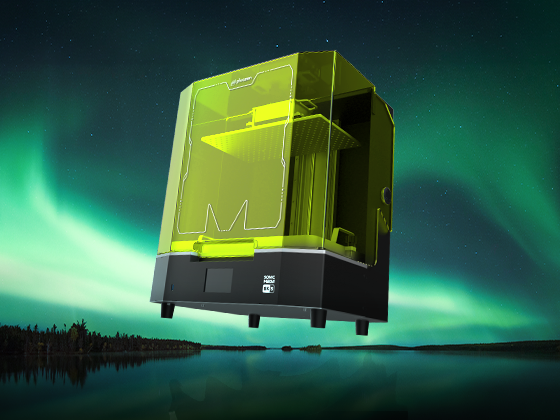
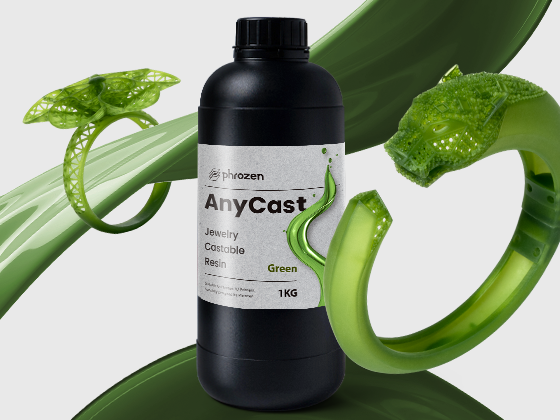
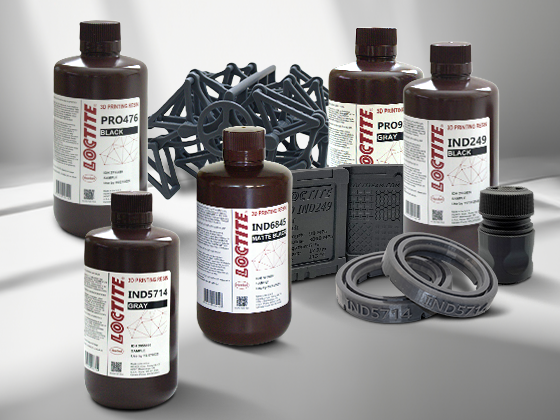
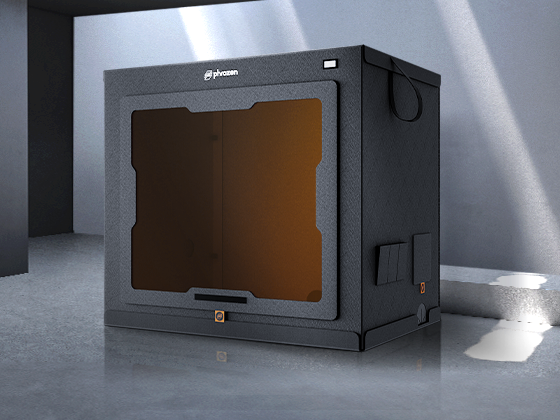
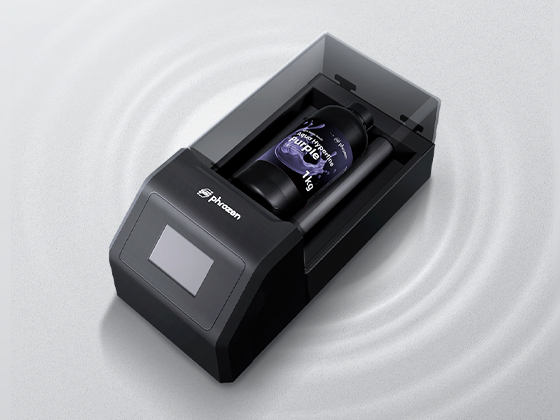
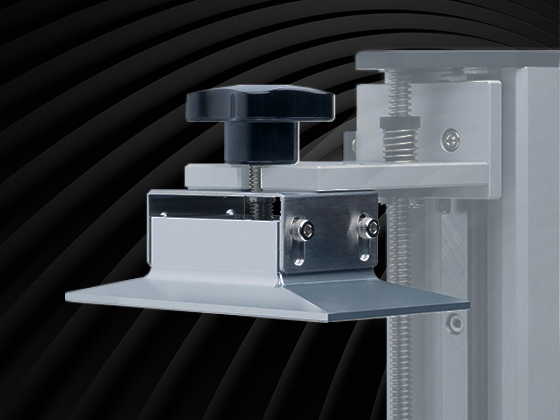
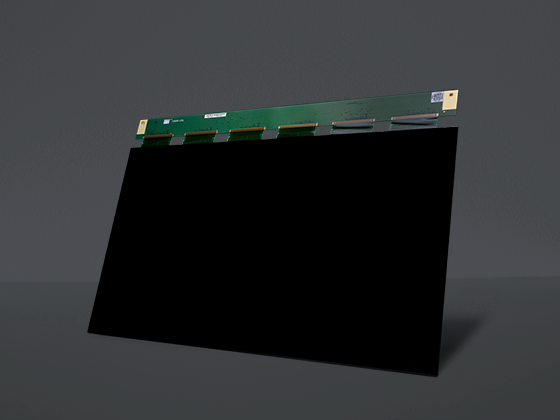
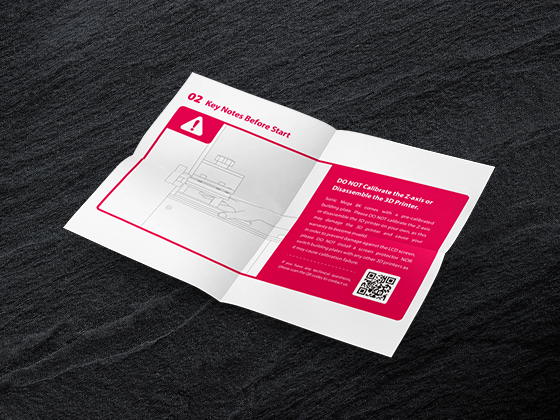
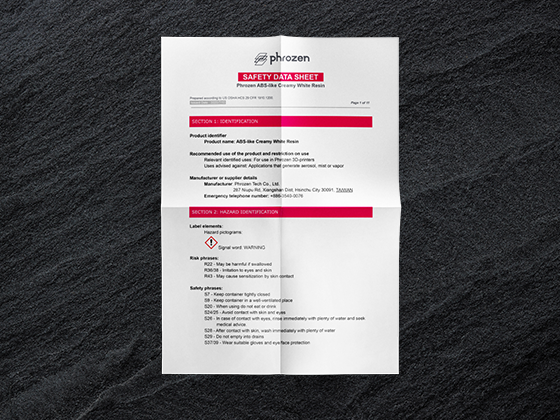
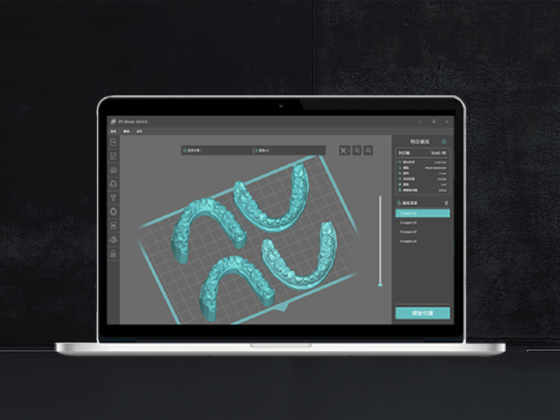

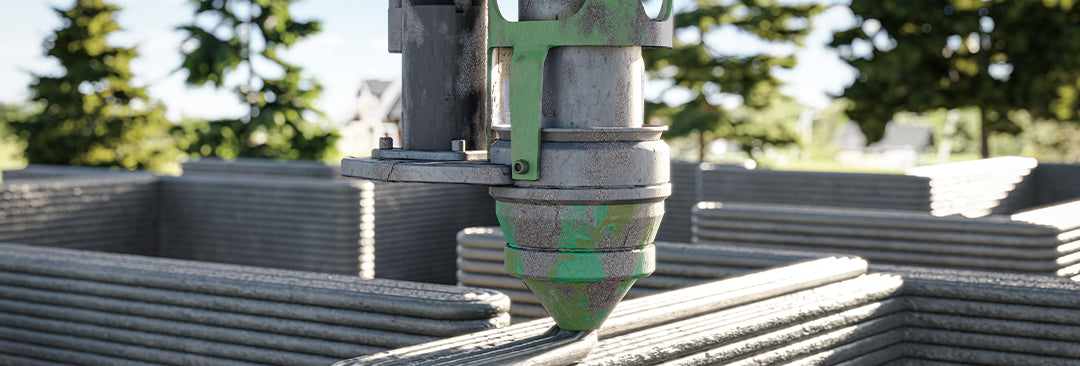

1 comment
Caroline Mohini
Nice article!
———
Phrozen Technology replied:
Thank you!
Nice article!
———
Phrozen Technology replied:
Thank you!